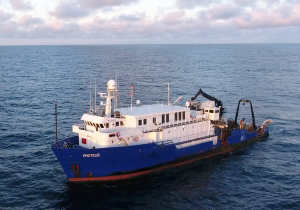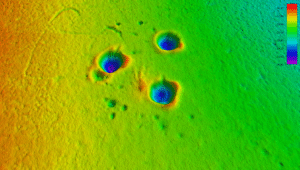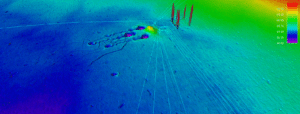TDI-Brooks International, Inc. has completed a geophysical and geotechnical (G&G) campaign for Trident Equatorial Guinea off the coast of Equatorial Guinea in the Elon Field. The site survey work was performed off the R/V Proteus, a research vessel owned and operated by TDI-Brooks.

The goal was to assess seabed conditions prior to the emplacement of a drilling rig at three proposed locations (previously drilled) together with reconnaissance survey work at two additional platforms and along a number of proposed cable/pipeline routes. Survey objectives included the following:
• Undertake a Debris Clearance Survey (DCS) at each of the locations.
• Identify and establish areal nature of the previous spud can footprints.
• Establish the nature of the shallow soils, within the top 5m and to a depth of >20- 25m.
• Acquire deep CPT data >20m at two locations.
• Acquire representative data at nominal proposed Relief Well Locations (RWL).
• Reconnaissance of existing platforms and along proposed routes (single lines).
25cm Cube Grid
In addition to a site survey, TDI-Brooks completed gCPT measurements at two proposed drill sites. The purpose of the TDI-Brooks Gravity CPT (gCPT) tool is to transport a precisely calibrated memory cone penetrometer down to the seabed to gather dynamic PCPT cone data from the mud line to 10+ m BML. In addition to its 1,800lb driving head with lifting bale and trigger, the rig comprises a self-contained PCPT cone penetrometer that measures tip resistance (qc), sleeve friction (fs), and pore pressure (u2) using standard ASTM dimensions and protocols for its 15-cm2 cone.
50m Cube Grid
TDI-Brooks provides laboratory analysis on sediment samples via their state-of-the-art laboratory facility in College Station, Texas. Their environmental, geochemical, and geotechnical laboratories all provide high-quality analytical services and scientific interpretation.
 KEYFACT Energy
KEYFACT Energy

